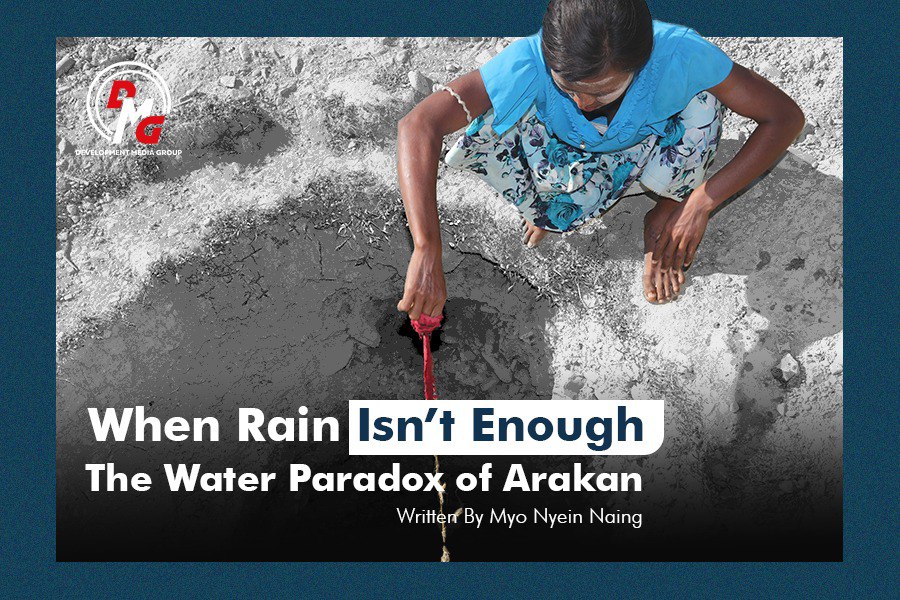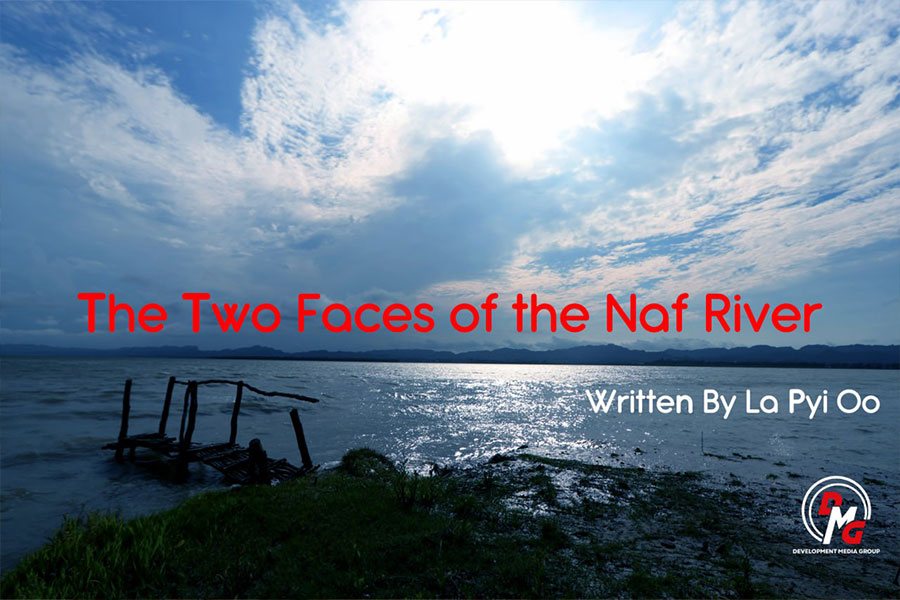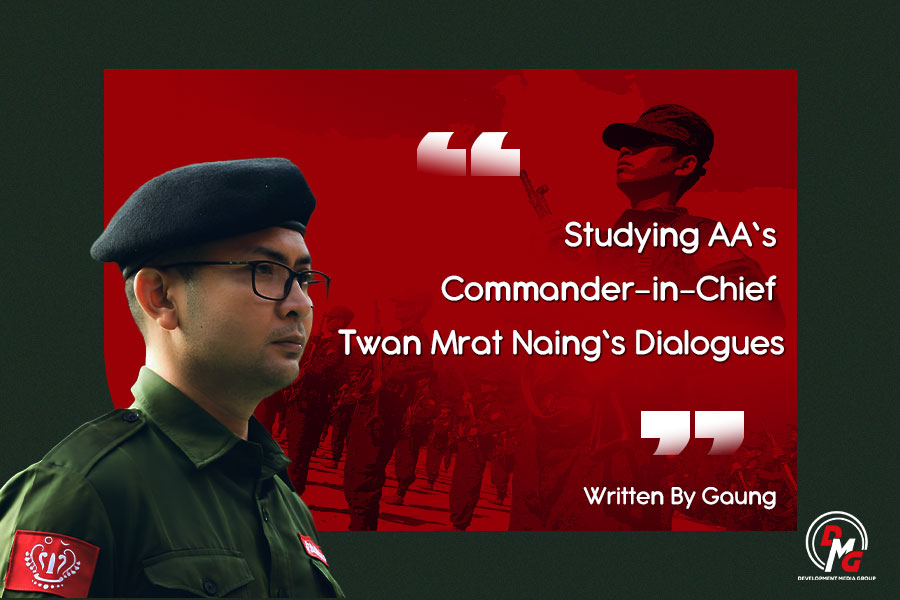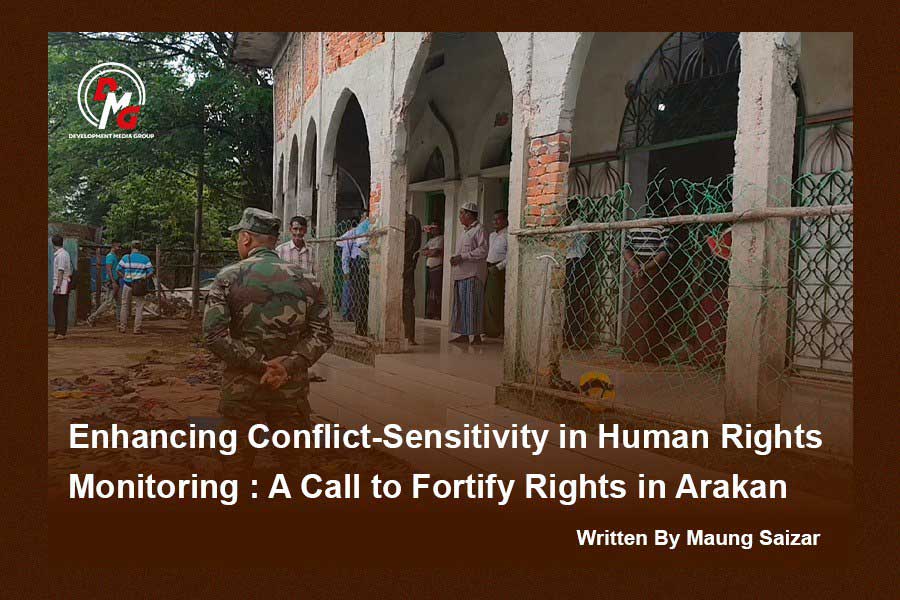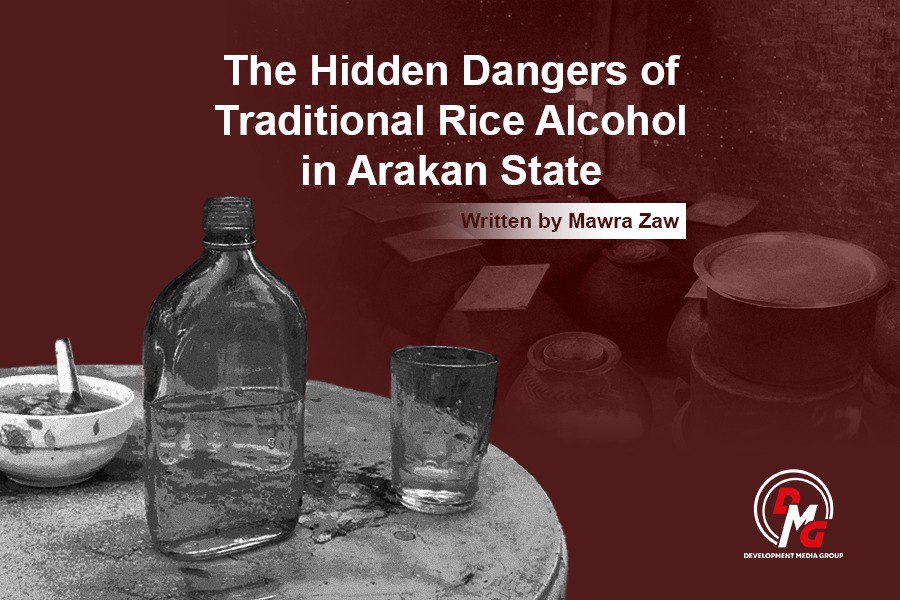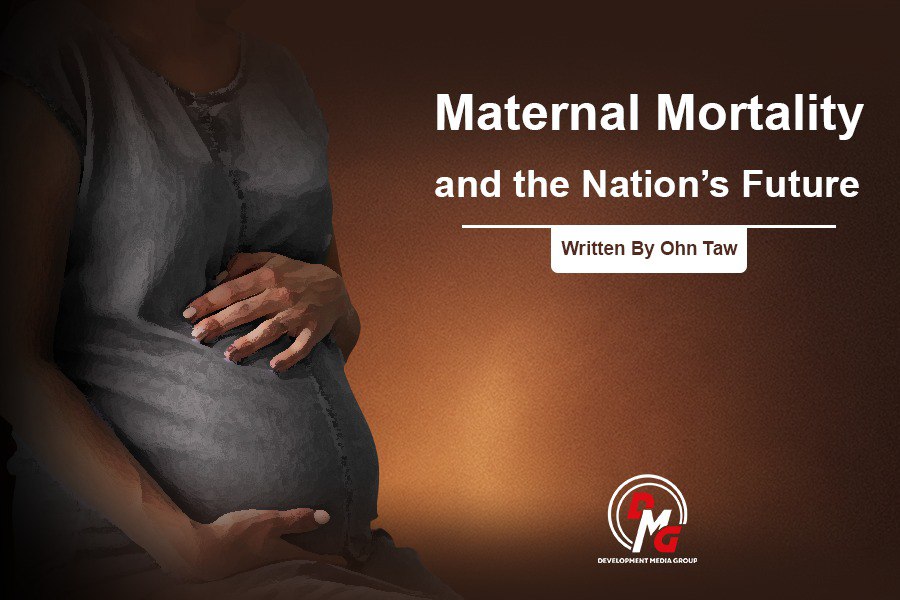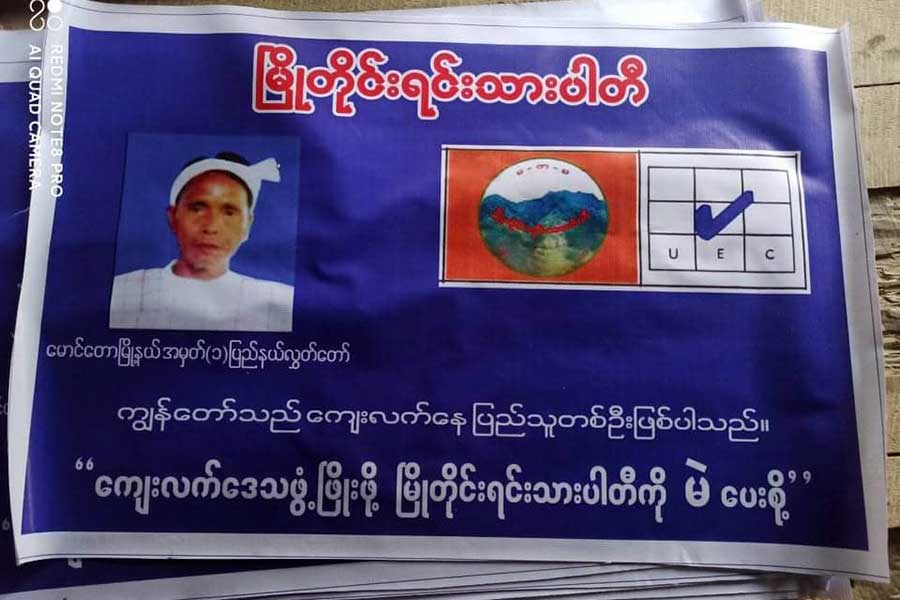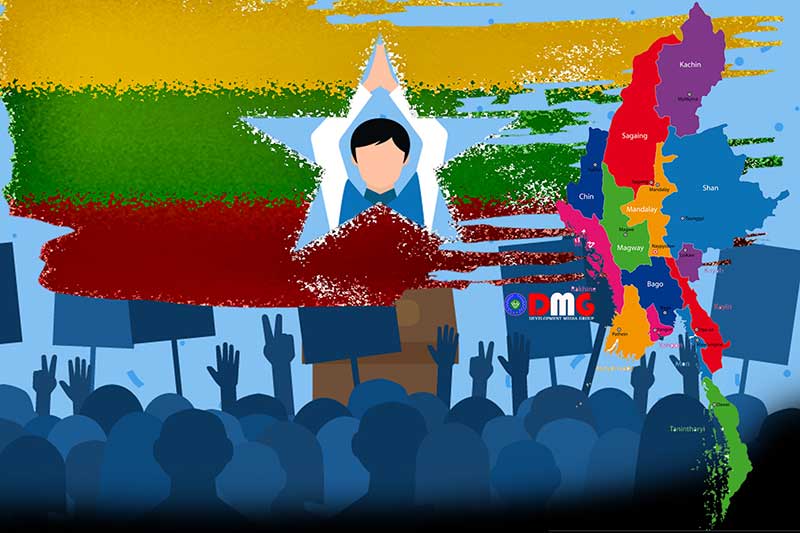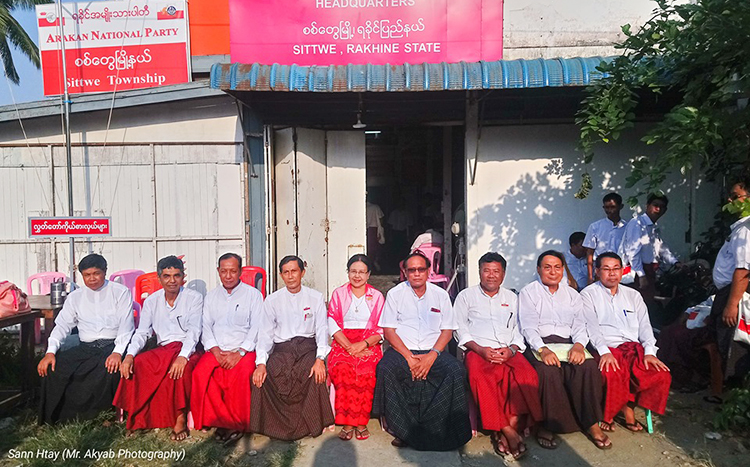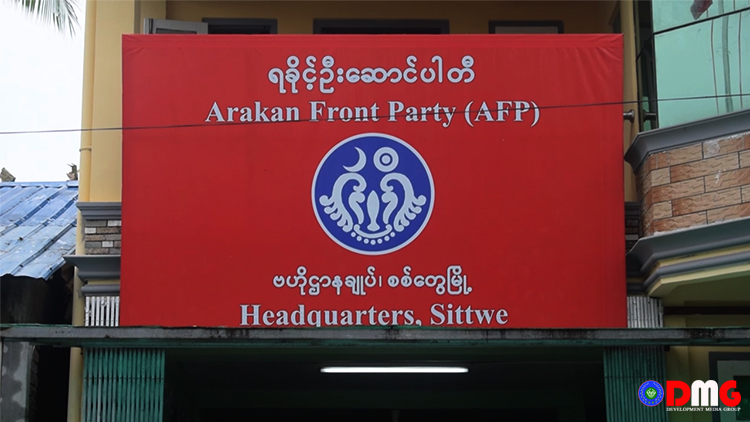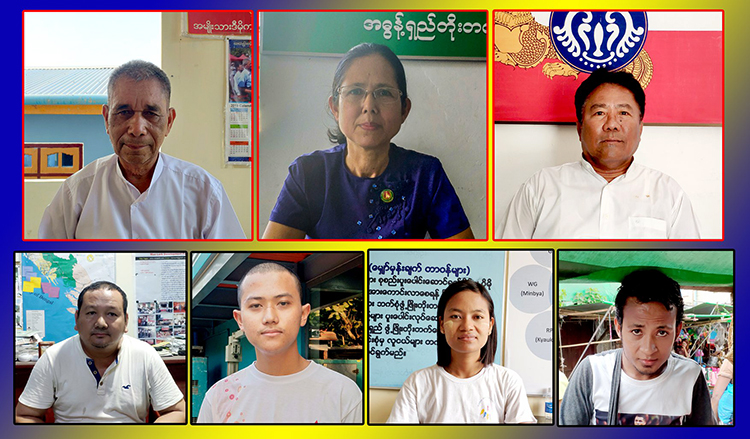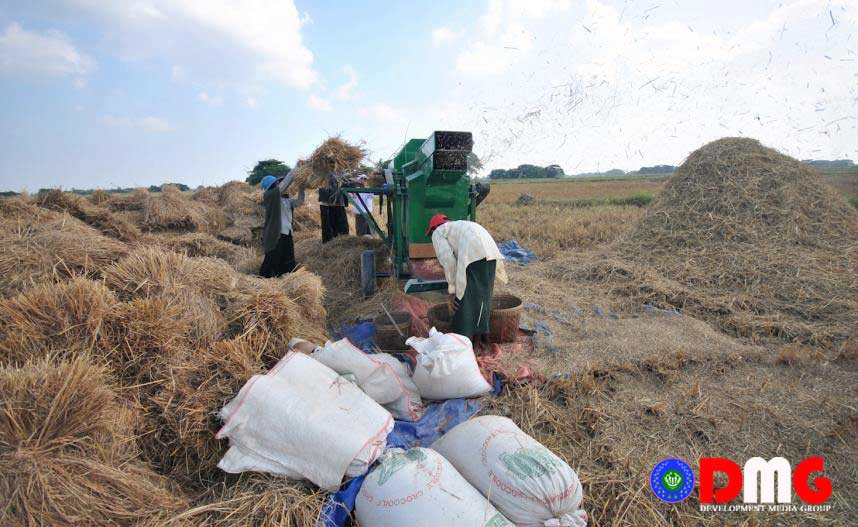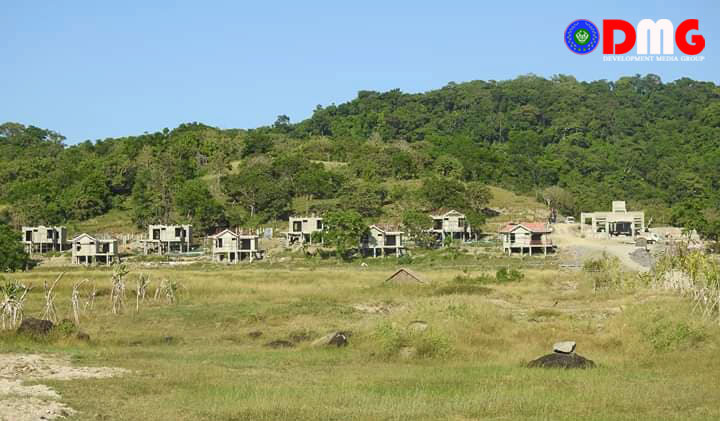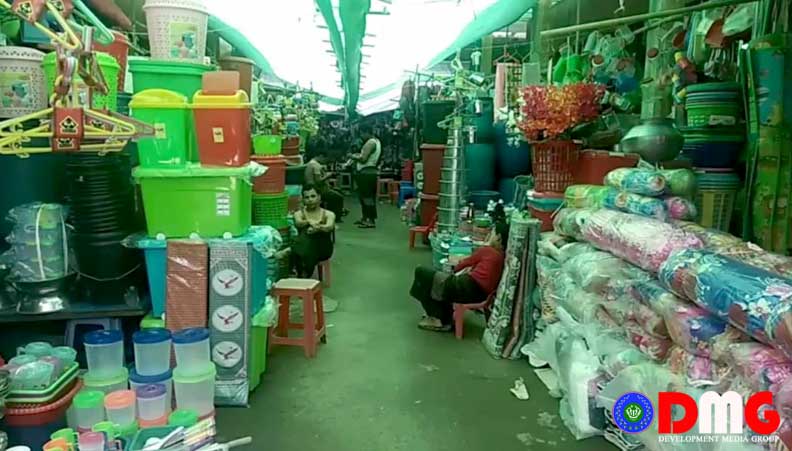- Junta unable to hold elections in dozens of wards and village-tracts in Sittwe, Kyaukphyu
- Fighting escalates between Myanmar military, Arakan Army in Ayeyarwady Region
- Regime steps up civilian arrests in Sittwe
- ULA safeguards Mrauk-U's ancient heritage
- Arakan on the Edge: What the DMG Landmine Impact Report Reveals About Myanmar's Deepening Humanitarian Crisis
"We Live With Fear Every Day": The Unseen Toll of Landmines in Arakan State
DMG's latest research, covering 90 survivors and affected families across three townships, reveals a crisis deeper than statistics: a story of shattered families, lost livelihoods, and psychological wounds that may last a lifetime.
17 Nov 2025
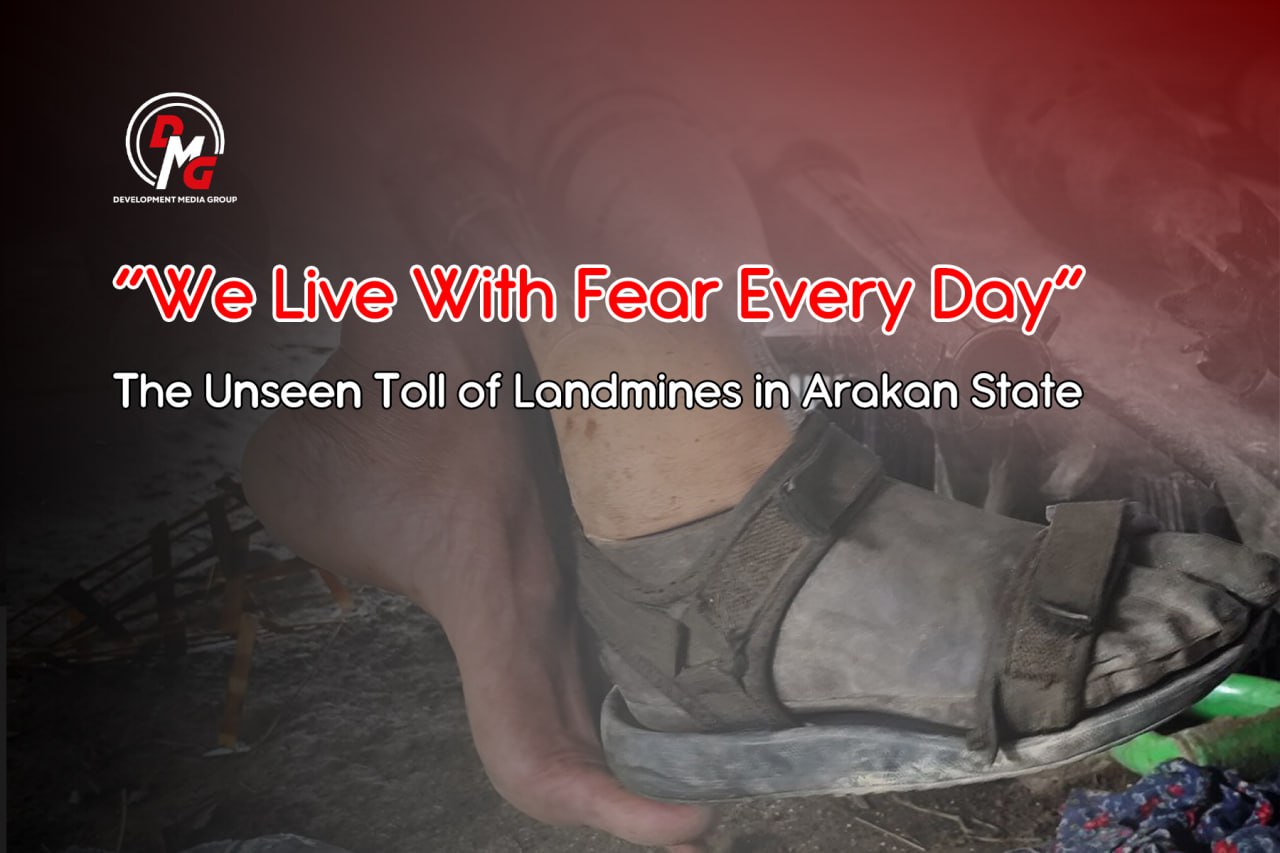
By DMG Newsroom
In the hills and river valleys of Kyauktaw, Mrauk-U, and Ponnagyun, life is framed by danger so pervasive that even the most ordinary acts-collecting firewood, walking to school, tending cattle-carry the risk of death or lifelong disability. For the people of Arakan State, landmines and unexploded munitions left behind by years of conflict have become a silent, daily terror.
DMG's latest research, covering 90 survivors and affected families across three townships, reveals a crisis deeper than statistics: a story of shattered families, lost livelihoods, and psychological wounds that may last a lifetime.
A Childhood Cut Short
One morning in March 2025, a 15-year-old Mro boy from Kyauktaw left home despite his uncle's repeated warnings. The mountain above their village, the older man insisted, was filled with landmines.
"They said, 'It's fine, nothing will happen,'" the uncle recalled.
Minutes later, the explosion thundered across the village. When the uncle reached the scene, one villager lay dead. His nephew-his brother's only son-was barely alive. They carried him toward Kyauktaw jetty, hoping for help, but he died along the way. His arm had been severed. His head was shattered.
"I couldn't eat for more than a week," the uncle said. "He was my most beloved. Losing him was unbearable."
Months later, the boy's aunt also stepped on a mine and lost a leg.
The uncle's bitterness remains. What he saw of mine clearance made little sense.
"They cleared only one path," he said. "But civilians don't live on one path. We collect wood everywhere. As long as only one route is cleared, we will always be in danger."
A Life in Darkness
In Ponnagyun, a 63-year-old cattle herder stepped on a landmine in 2022. The blast tore off his right arm and blinded him instantly.
"I wondered if it would be better to end my life," he said quietly. "Then I thought-no. Other parts of my body are still fine. I must stay strong."
Now cared for by his two grandchildren, he gropes through each day in darkness.
"What I want most is to see again," he said. "If I could get treatment in India and regain my sight, I would be so happy."
His grandchildren hold his hands as he walks, guiding him around the home he can no longer see.
A Widow's Burden
In Kyauktaw, the life of another family changed forever one August morning in 2024.
That day, the village head asked a 40-year-old man to accompany him up a nearby hill. He hesitated-there were cattle that needed tending-but the village head insisted.
Moments later, the explosion echoed across the village.
"When I reached him, he was already dead," his wife said.
Now widowed, she forages for bamboo shoots to feed herself and her daughter.
"If I get sick, I cannot afford medicine. I can't even pay my daughter's school fees. The landmine has destroyed our lives."
Wounds That Never Heal
Of the 90 people documented in the DMG study:
• 87% of households had someone injured or killed by mines or unexploded munitions.
• Injuries most often affected the torso (43%) and legs (26%).
• Children were injured while playing (7%) or simply moving around their homes (49%).
• Half of all respondents received no mine risk education in their village.
The conflict that began in 2018 and escalated after 2023 has turned ordinary farmland and forest paths into deadly zones. Former military positions, transport routes, even school compounds and hospitals still contain unexploded ordnance.
Victims rarely receive proper medical care:
• Only 46% got appropriate treatment.
• Many still have embedded shrapnel, chronic infections, or untreated pain.
• Healthcare access collapsed further after the 2021 coup.
• Even major agencies like the ICRC are blocked from operating freely.
One father in Mrauk-U who lost his wife in January 2025 said he now sleeps little and eats less.
"I feel like I've become disabled myself," he said. "Our family relied on my wife. I want my children to study, but we have nothing. It's like living in hell."
The Psychological Aftermath
For every mine survivor, there is a family struggling with trauma:
• 24% reported re-living the traumatic event.
• 17% suffer from constant fear and hypervigilance.
• 14% cannot sleep.
• 11% experience nightmares or intrusive memories.
Entire families live under a shadow of grief and anxiety. Widows fear the future. Young women report shame, dependency, and social isolation. Children replay explosions in their minds.
One survivor, who lost a leg at age 18, said: "When others went to work, I wanted to join them. But with one leg, I felt discouraged and ashamed."
Now 23, she dreams of running a small grocery shop.
"I just want a job, some support. I don't want my family to suffer because of me."
Livelihoods Destroyed
Among all households surveyed: • 80% reported severe livelihood loss. • Many cannot farm, walk to hill fields, or enter forests. • Some attempt bamboo weaving or goat rearing but earn little due to poor physical capability. • Widows and disabled men face acute hardship feeding children.
Inflation, road blockades, and conflict have worsened poverty.
"Sometimes I drink alcohol just to sleep," said one survivor from Ponnagyun, who lost a leg and three fingers in 2019. "My stump hurts so badly. I just want a job-any job."
A Crisis Hidden in Plain Sight
The most dangerous places identified by respondents include:
• Forested hill fields
• Former military camps
• Schools and clinics
• Transport roads
• IDP camps
• Village outskirts
Mine risk education is rare, and only 16% of respondents knew who to contact in an emergency. Many villages remain cut off by communication blackouts, while restrictions by military authorities block humanitarian operations.
The United League of Arakan/ Arakan Army (ULA/AA) conducts limited mine clearance in critically needed areas but lacks equipment, protective suits, and trained teams.
Lives Interrupted - and the Path Forward
The DMG report concludes that mine/ERW survivors in Arakan face overlapping crises:
• Medical neglect
• Lack of prosthetics
• Chronic pain
• Trauma and depression
• Lost livelihoods
• Price exploitation
• Isolation and marginalization
• Barriers to humanitarian aid
Women and children bear a disproportionate burden.
Clear, urgent steps are needed:
• Livelihood programs tailored to disabled survivors
• Access to prosthetics and emergency medicines • Mental health counseling
• Expanded mine risk education using visual tools
• Mine clearance operations with proper equipment
• Humanitarian access via neighboring countries
• Reliable communication networks
Without these, countless families will remain trapped in cycles of poverty, fear, and grief.
As one widow in Kyauktaw said, standing over the hillside where her husband died: "The landmine killed him, but it continues to destroy us every day."
(DMG Special Feature Story - Based on DMG's October 2025 Landmine Impact Report)
Download the full PDF here: https://drive.google.com/file/d/1X1SMfVSCWeh8utIhSS0rsyEydOpNA8kb/view?usp=sharing




